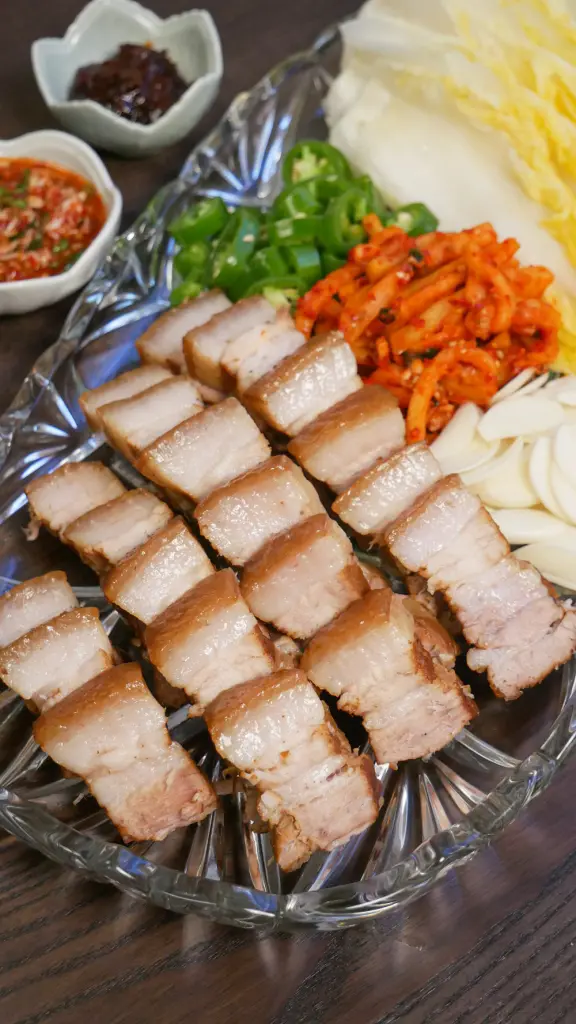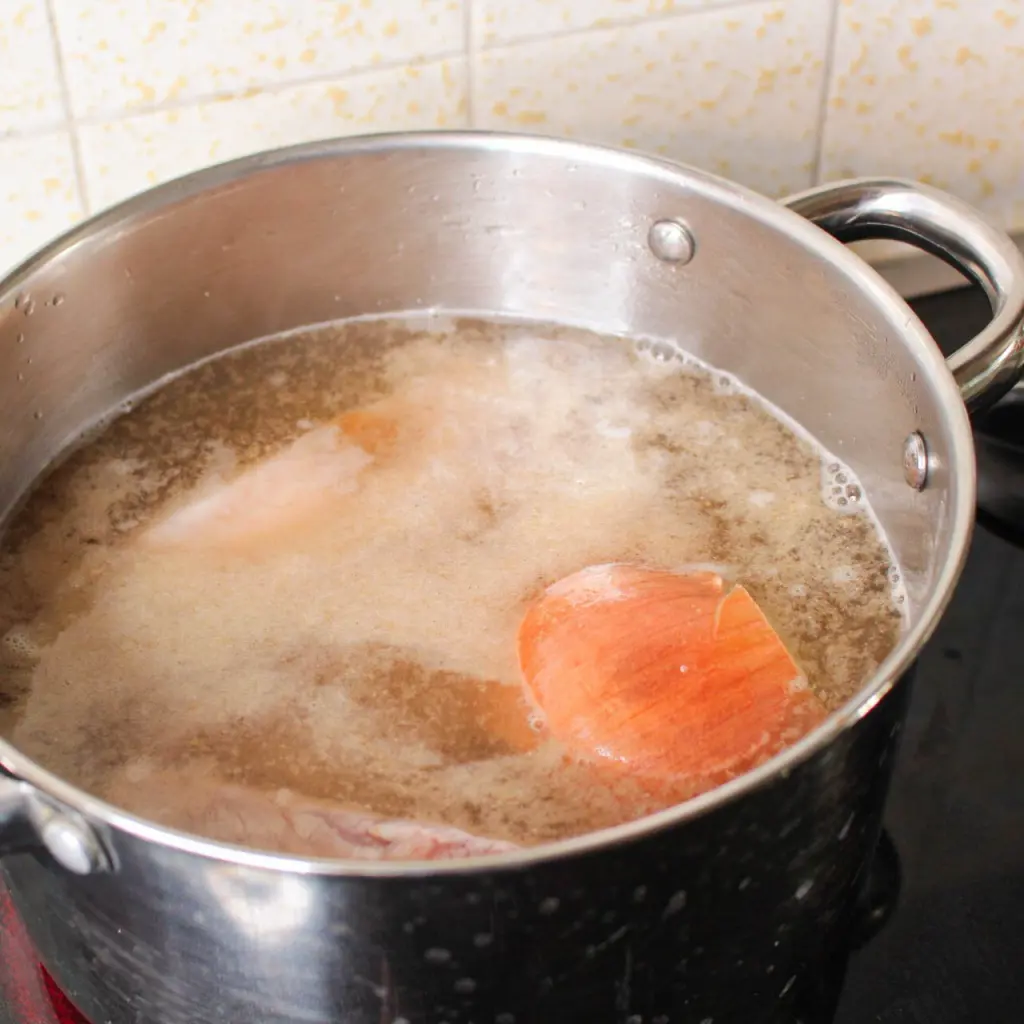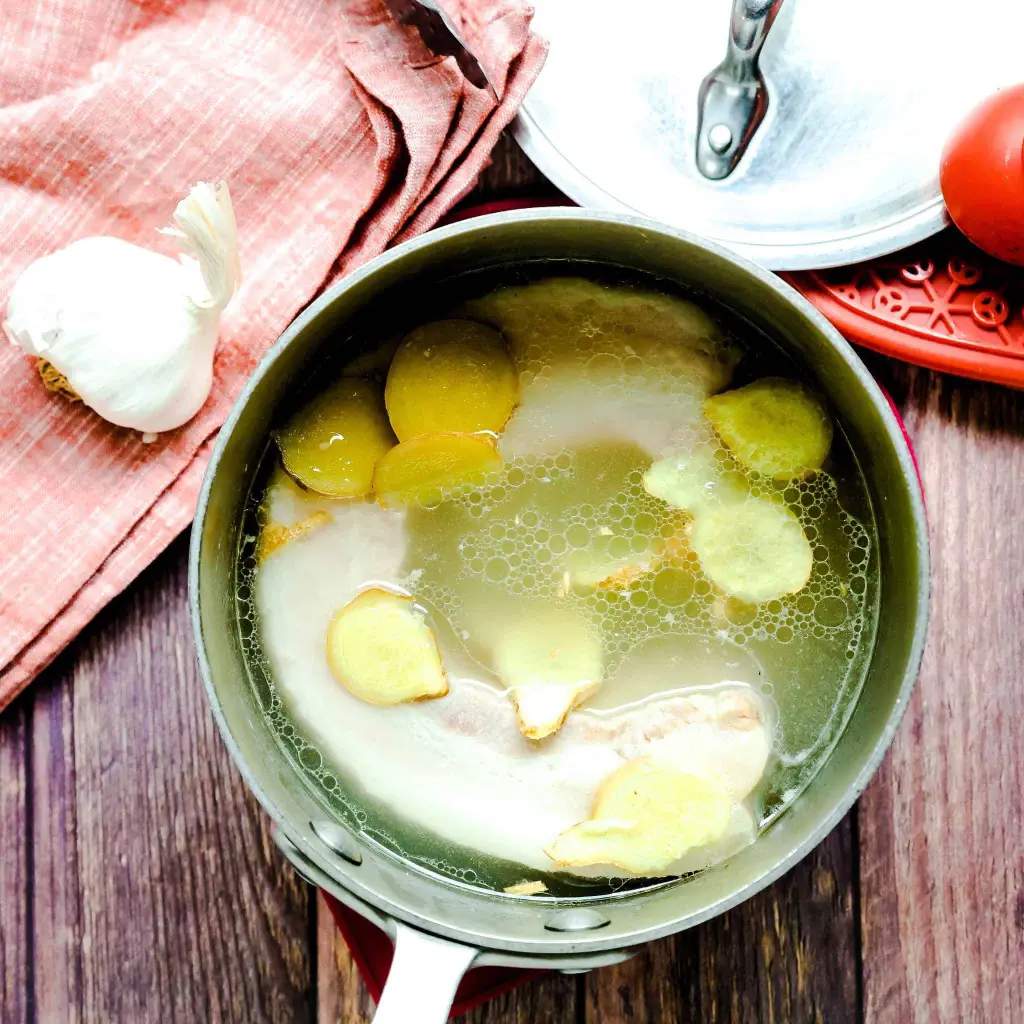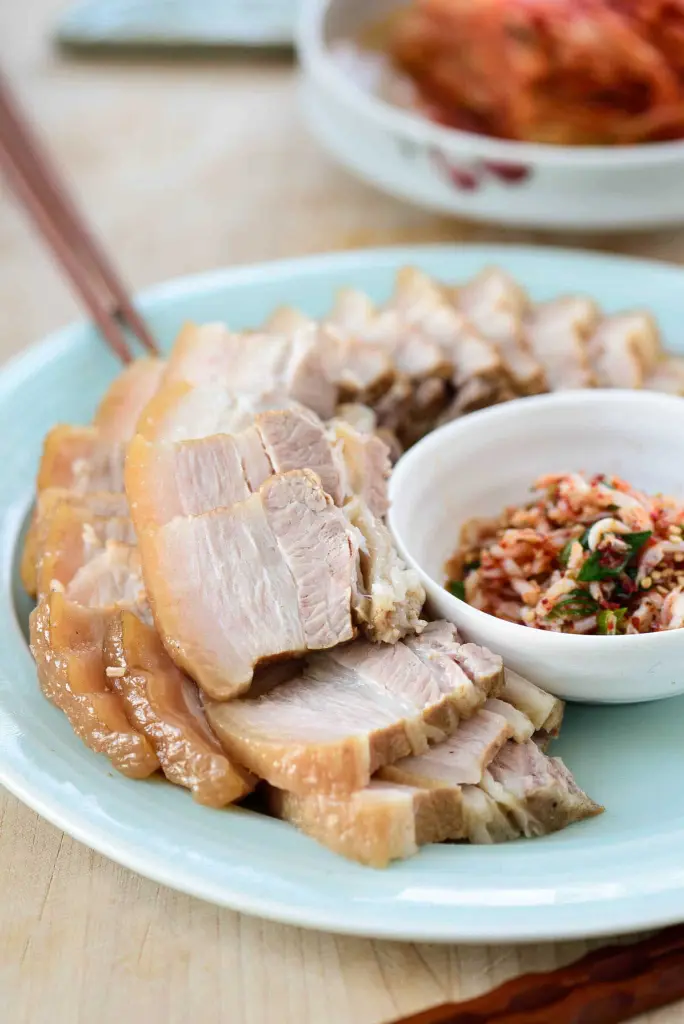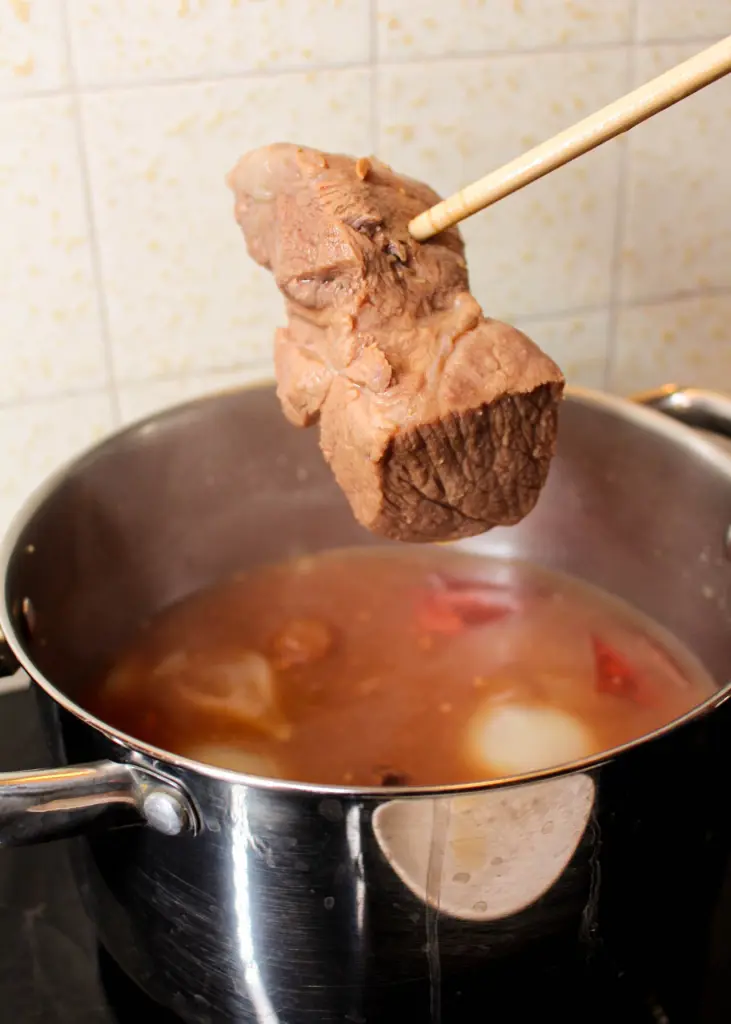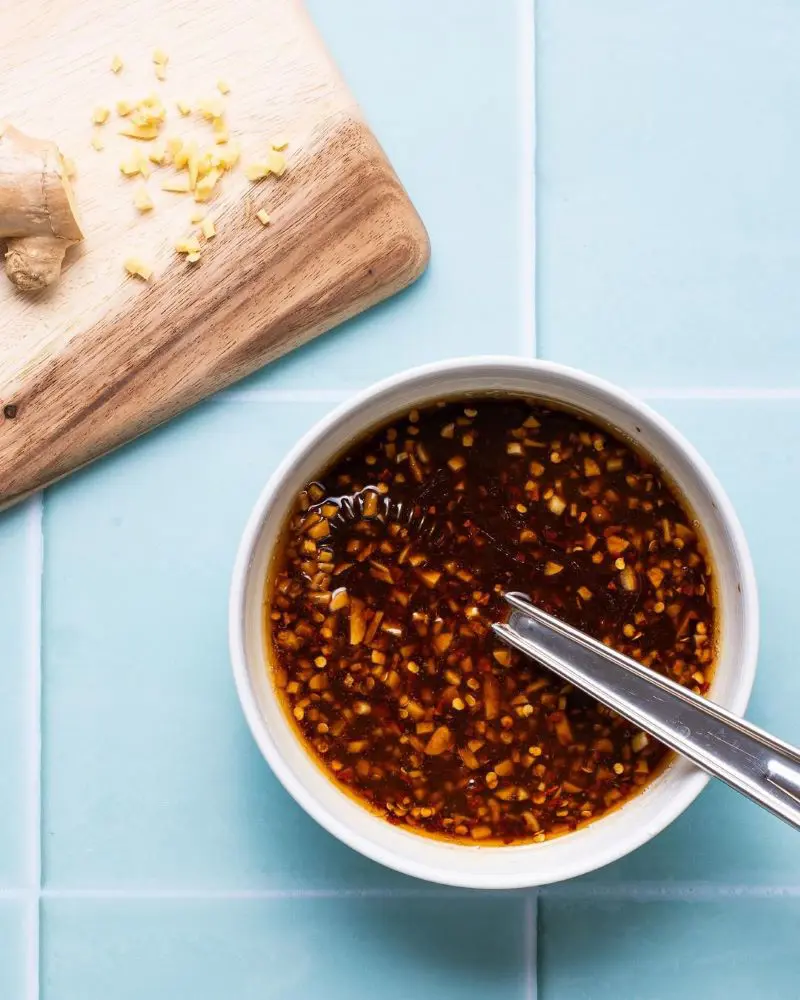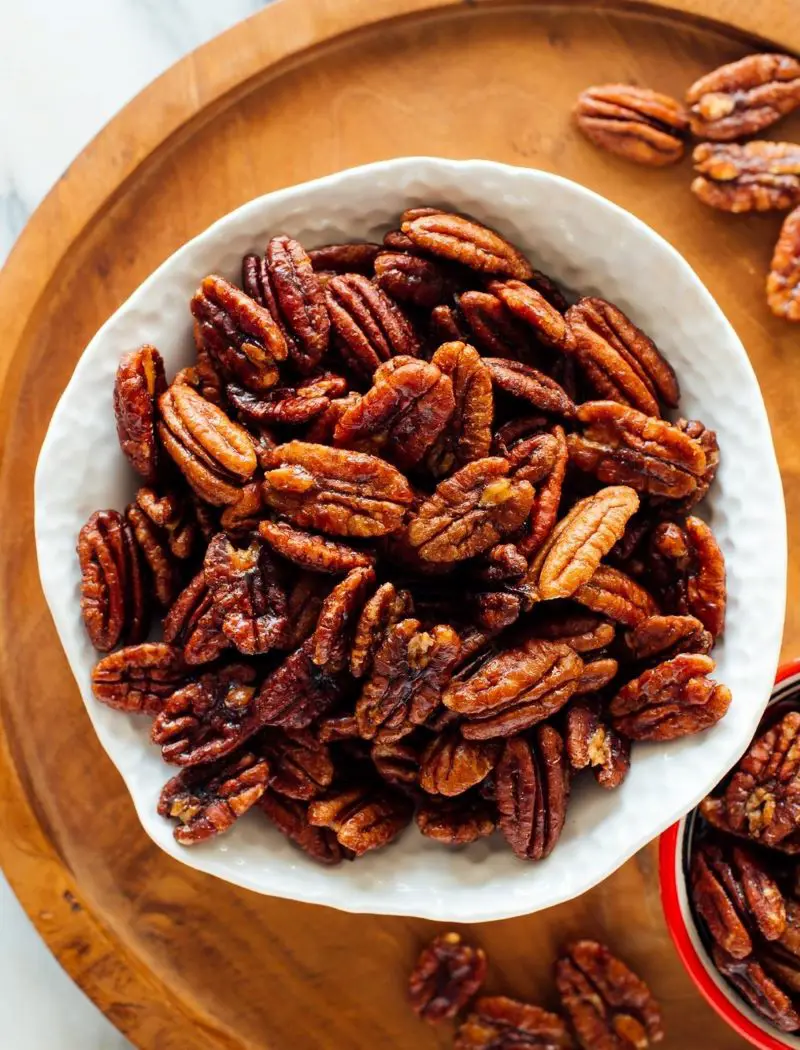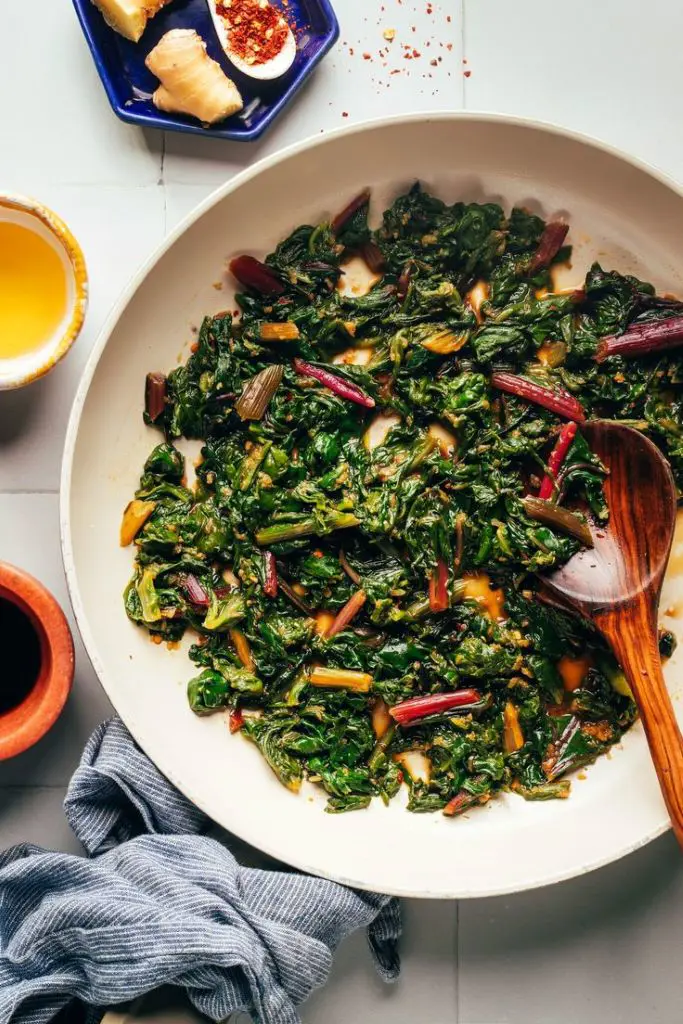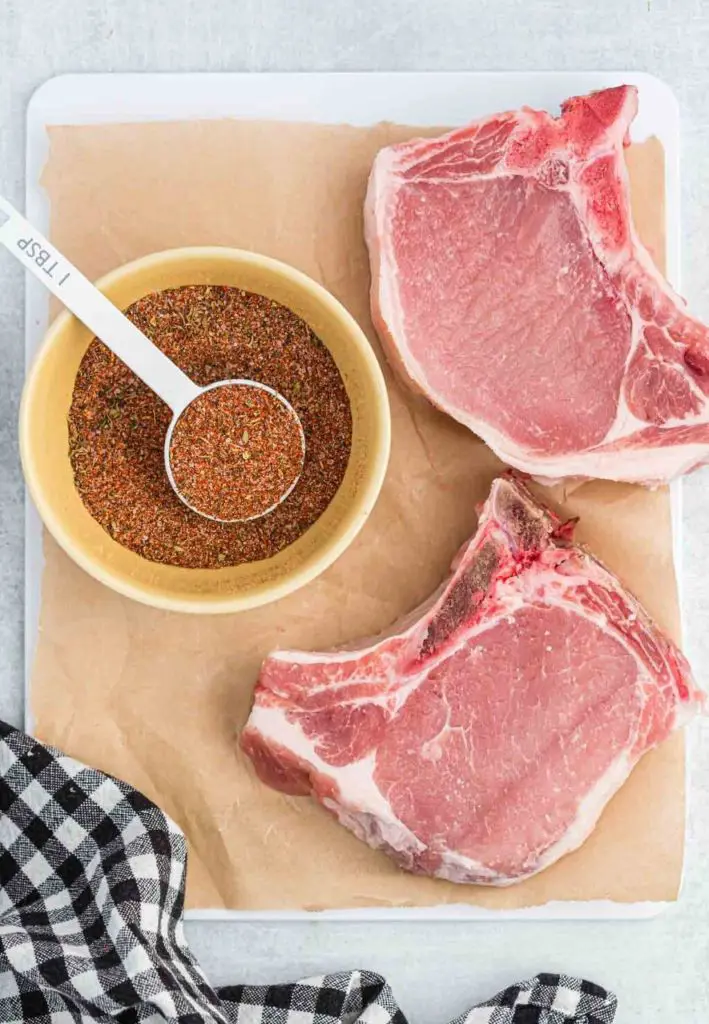Ingredients Required For Pork Boil
Pork
Pork is the central ingredient in this boiling process, providing the primary source of flavor and protein. The choice of cut significantly influences the final dish. Fattier cuts like pork belly offer rich, succulent results, while leaner cuts such as loin can provide a cleaner taste but may require careful cooking to avoid dryness.
As the pork simmers, it undergoes several changes. The heat causes the proteins to denature and coagulate, resulting in a firmer texture. Simultaneously, the connective tissues, primarily collagen, begin to break down into gelatin, which contributes to the meat's tenderness and adds body to the broth.The pork also releases water-soluble compounds that further enhance the broth's taste.
Salt
When added to the cooking liquid, salt initiates osmosis, drawing moisture out of the pork cells. This process might seem counterintuitive, but it actually leads to a more flavorful and juicy end result. As the pork loses some of its natural moisture, it creates space for the flavored broth to be reabsorbed, effectively seasoning the meat from the inside out.
Salt also acts on the proteins in the pork, causing them to denature and restructure. This protein modification contributes to the meat's tenderness and improves its ability to retain moisture during cooking. Additionally, salt enhances the overall flavor profile of the dish by amplifying the tastes of the other ingredients.
Carrot
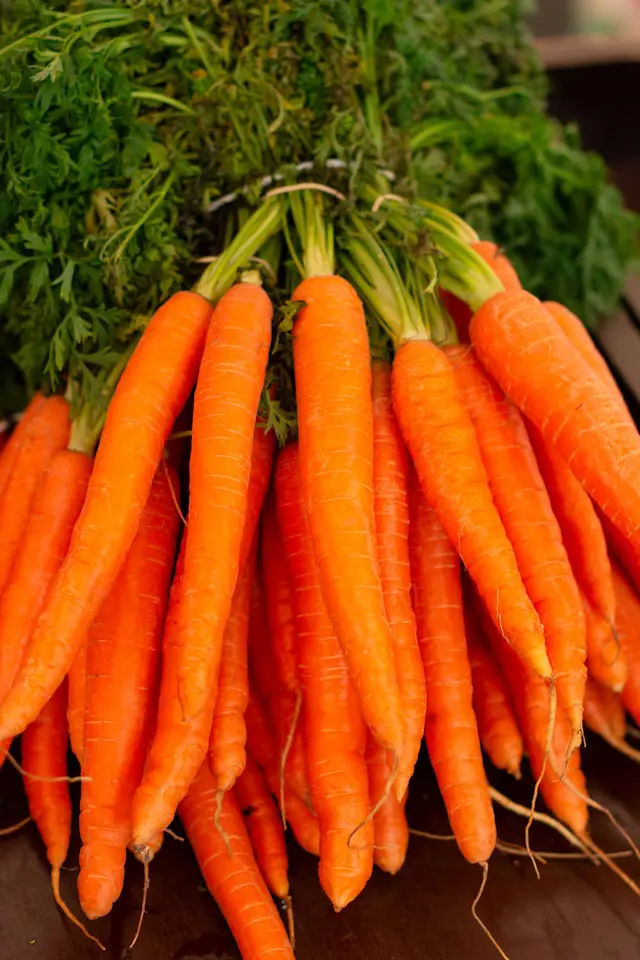
As they cook, carrots release natural sugars through a process called caramelization, which adds a subtle sweetness to the broth. This sweetness helps to balance the savory elements contributed by the pork and other ingredients. Carrots also contain volatile compounds that, when heated, produce aromatic flavors that infuse into the cooking liquid and the pork itself.
These compounds include terpenes, which give carrots their characteristic earthy, slightly pine-like aroma. From a nutritional standpoint, carrots enrich the broth with vitamins, particularly beta-carotene (a precursor to vitamin A), and minerals like potassium. The texture of the cooked carrots can also add interest to the final dish if served alongside the pork.
Onion
As they cook, onions release their juices into the broth, infusing it with their essence and helping to create a more cohesive flavor profile. Onions also have the ability to absorb and meld other flavors, acting as a bridge between different taste elements in the dish. Their presence helps to round out the overall flavor of the broth and, by extension, the pork itself. Additionally, onions can help neutralize any strong odors from the pork, contributing to a more appealing aroma in the final dish.
Bay Leaf
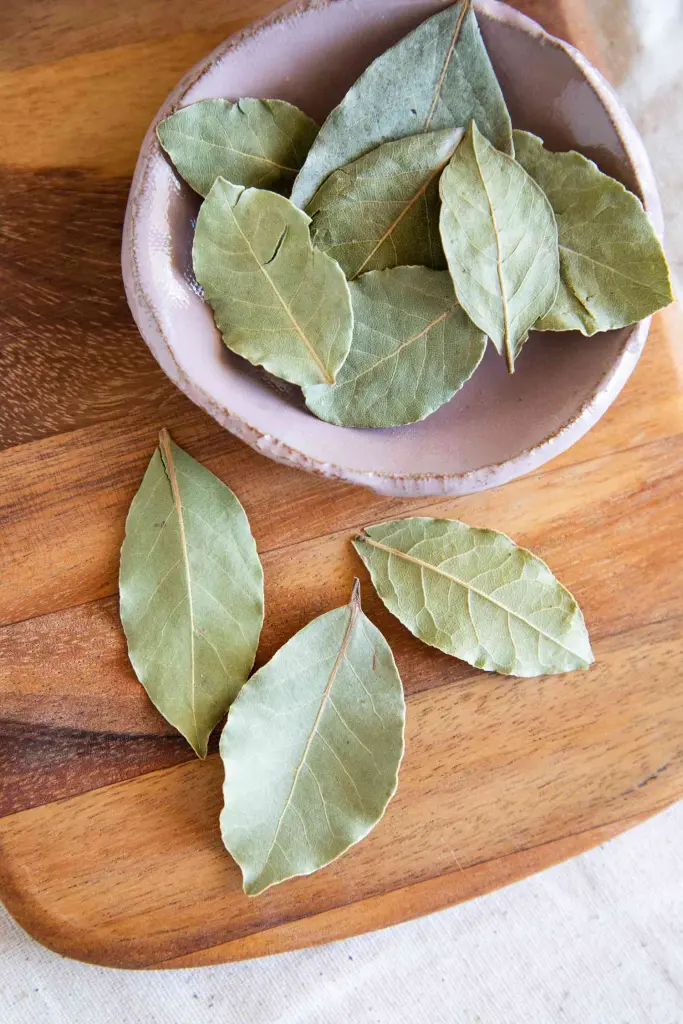
Bay leaves, though small, play a significant role in developing the aromatic profile of the boiled pork dish. These leaves contain several essential oils, including eucalyptol, eugenol, and myrcene, which are released slowly into the cooking liquid as it simmers. These compounds impart a complex blend of flavors often described as minty, tea-like, and slightly floral.
Bay leaves also contribute a subtle bitterness that helps to balance the overall taste of the dish, cutting through the richness of the pork and the sweetness from other ingredients. As the bay leaves steep in the hot liquid, they release tannins, which add depth and a slight astringency to the broth. This astringency can help to cleanse the palate, making each bite of pork taste fresh and flavorful.
Black Pepper
When added to the boiling liquid, black pepper releases its volatile oils, infusing the broth and the pork with its distinct flavor. The heat from black pepper is more subtle than that of chili peppers, providing a warm, spicy note that enhances the overall taste profile without overwhelming the other flavors. Black pepper also has the ability to enhance the perception of other flavors in the dish, making it an excellent complement to the pork and other ingredients.
